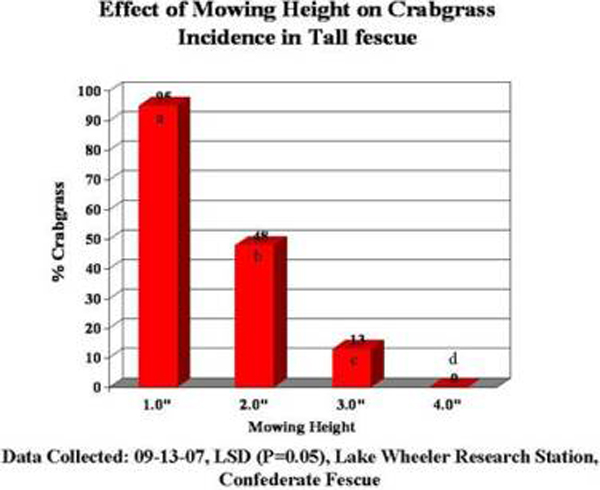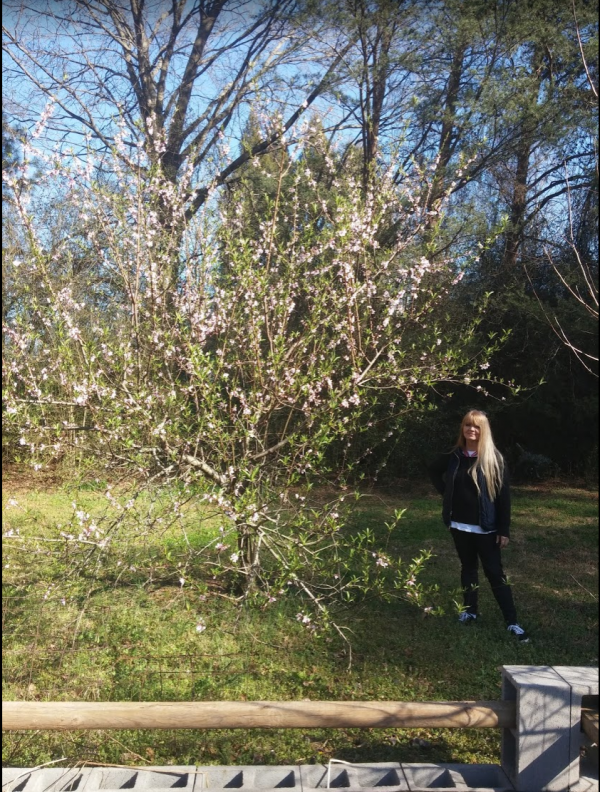Fescue – Mowing

Every lawn grass has a height at which it should be mowed for best health. The rule is that only one-third of a grass plant should be removed in one mowing. As an example, if you intend to mow your fescue lawn at a 3 inch height, you can allow it to grow to 4.5 inches between mowings.
Turf-type fescue can look very good when regularly mowed at 2.5 to 3.0 inches. Allow it to grow to 3.75 – 4.0 inches before mowing. Raise the height by .5 – 1.0 inches in mid-summer.
Mowing fescue too low leads to the grass rapidly thinning out, having a very clumpy look, and developing weeds (see below). If you fertilize moderately, mowing a lawn should only be needed once per week.
Measure the mowing height by mowing a small plot and using a ruler to measure height. Make sure all four mower wheels are set to the same height.
The first step in good mowing is to have a sharp blade. If the blade has not been sharpened in the past year, it needs to be sharpened or replaced. Dull blades whip the grass ends rather than cutting the grass. The ragged ends left by a dull blade cause a lawn to look yellowish the day after you mow. Ragged grass blades also lead to more water use by the grass and possibly an increase in disease.
Rotary mowers can do a good job if your fescue lawn is relatively smooth and you keep the blade sharp. Research indicates that a height of 3.5 inches is best when growing fescue in partial shade.
Only one third of the green part of the plant should be removed by mowing. If you allow the grass to get much taller than 4.5 inches you’ll mow down into the stems that have grown tall and the lawn will not look its best after you mow.
It is not necessary to catch the clippings when you mow. Research has shown that letting the clippings fall on the ground does not lead to disease or thatch problems. The clippings actually return nitrogen to the soil and save you money on fertilizer.
Fescue does not usually form a thatch layer under the grass if it is mowed regularly. Using a de-thatcher when it is not needed can hurt the grass more than it helps.
Q: When should I mow my fescue lawn after the seeds have sprouted?
A: Technically, you can mow just about anytime after the majority of the seeds have sprouted. The mower won’t “pull them out of the ground”. Practically speaking, wait until the seedlings are four inches tall before you mow. They will have had time to grow roots deeply enough to avoid being squashed by your mower wheels.















